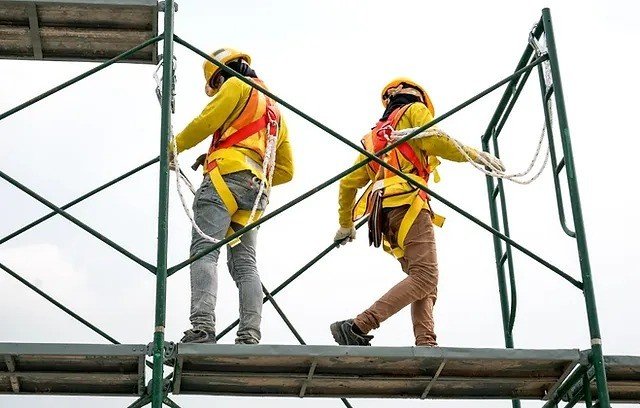Every successful construction project depends on both safety and efficiency. One of the most effective ways to achieve this balance is through professional scaffold drawings. These detailed designs provide a clear roadmap for scaffold erection, ensuring that structures meet safety regulations and project requirements. By using scaffold drawings, construction teams can visualize the layout before work begins, minimizing errors and preventing costly delays. This process also ensures that scaffolding structures are not only strong enough to support workers and materials but also designed to fit the unique demands of each project site.
Enhancing Safety Through Professional Design
Safety is the cornerstone of any construction site, and scaffold drawings play a direct role in protecting workers. These drawings specify the dimensions, load capacity, and materials required for each scaffold. By doing so, they prevent the risk of overloading and structural failures. Detailed designs also highlight proper access points, guardrails, and platforms to reduce hazards such as falls. A well-prepared scaffold drawing considers not just compliance with safety codes but also practical, on-site challenges. Construction teams can then erect scaffolding that is secure, stable, and easy to navigate, giving workers the confidence to perform their tasks safely.
How Scaffold Drawings Improve Efficiency
Beyond safety, scaffold drawings also bring efficiency to construction projects. They eliminate guesswork by providing a clear, step-by-step guide for scaffold setup. With a drawing in hand, contractors save time during installation since every detail is pre-planned. Materials are also used more effectively because the design specifies exactly what is needed, reducing waste and unnecessary costs. In complex projects, scaffold drawings make it easier to coordinate different teams working in the same space. By mapping out scaffolding in advance, project managers can plan timelines more accurately and avoid unnecessary interruptions.
The Role of Technology in Scaffold Design
Modern technology has transformed the way scaffold drawings are prepared. Advanced software allows designers to create highly accurate 2D and 3D plans, offering a realistic preview of the final scaffold structure. These digital designs make it easier to test different scenarios, such as adjusting height, width, or load capacity, before construction begins. Technology also helps identify potential risks early, ensuring that solutions can be implemented in the design stage. As a result, construction teams benefit from scaffolds that are not only safe but also tailored to fit the exact requirements of the project.
Customization for Different Construction Needs
Every construction site comes with unique challenges, which is why customized scaffold drawings are essential. A residential project may require compact scaffolds that allow easy access to tight areas, while large-scale commercial or industrial projects often demand robust systems capable of supporting heavy loads. Professional drawings take these factors into account, ensuring the scaffold is designed to suit specific conditions. This customization also extends to the environment, whether it involves working in confined spaces, uneven ground, or extreme weather. With tailored scaffold drawings, projects can proceed smoothly no matter the circumstances.
Compliance with Legal and Industry Standards
Construction regulations are strict, and failing to comply can result in severe penalties. Scaffold drawings ensure that every aspect of scaffold design follows both local and international safety standards. These designs incorporate essential features such as proper bracing, load-bearing specifications, and fall protection systems. Having professionally prepared drawings also provides official documentation that can be presented during safety inspections. This not only protects workers but also safeguards construction companies from legal issues, giving them peace of mind throughout the project lifecycle.
Long-Term Benefits of Using Scaffold Drawings
Investing in professional scaffold drawings is not just about meeting immediate project needs. Over time, these designs help reduce accidents, minimize delays, and cut down on costly rework. Companies that consistently use scaffold drawings build a reputation for safety and reliability, which can attract more clients. Furthermore, having accurate documentation of scaffold structures allows teams to replicate successful designs for future projects, saving both time and resources. In this way, scaffold drawings offer long-term value far beyond the scope of a single construction project.
Fox Scaffold Design: Professional Solutions You Can Trust
When it comes to ensuring safety, efficiency, and compliance, Fox Scaffold Design provides industry-leading services tailored to construction needs. With a strong focus on creating detailed and accurate scaffold drawings, the company helps contractors achieve both regulatory approval and on-site confidence. Each design is prepared by experienced professionals who understand the unique challenges of construction projects, whether small-scale residential builds or large commercial sites. By combining technical expertise with modern design tools, Fox Scaffold Design delivers solutions that improve safety, streamline installation, and reduce costs. Choosing Fox Scaffold Design means choosing a partner committed to building safer and more efficient construction environments.


